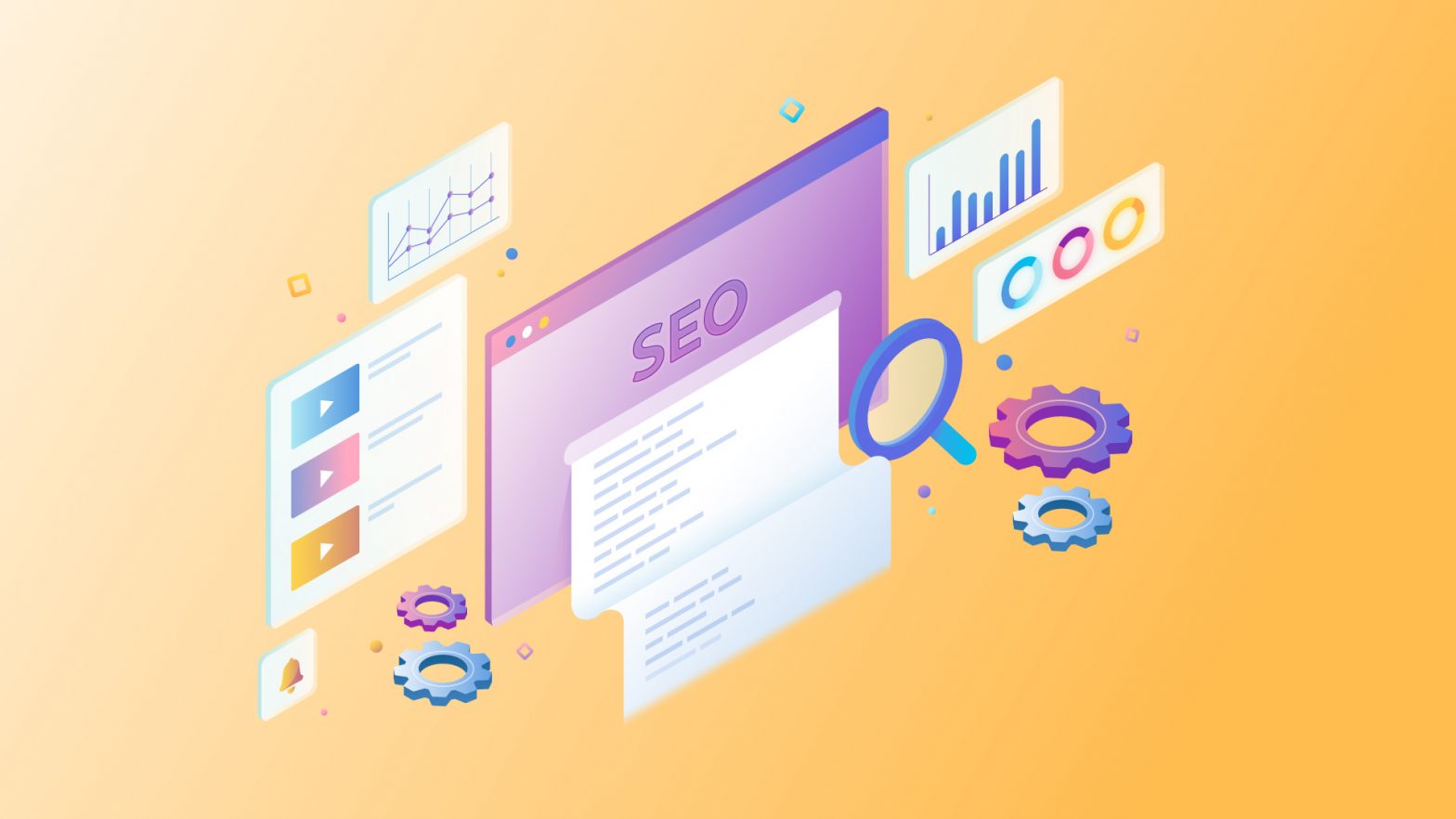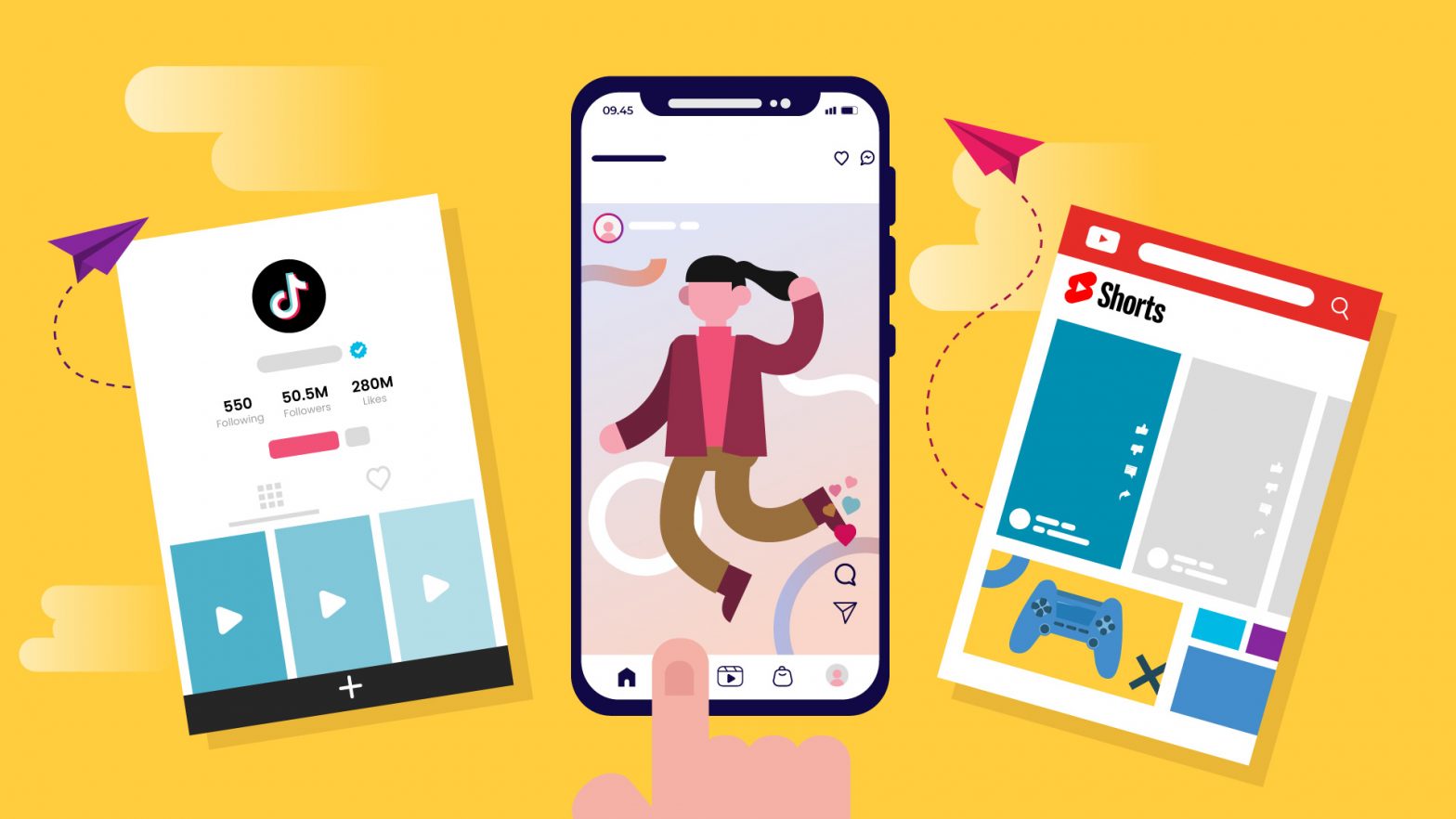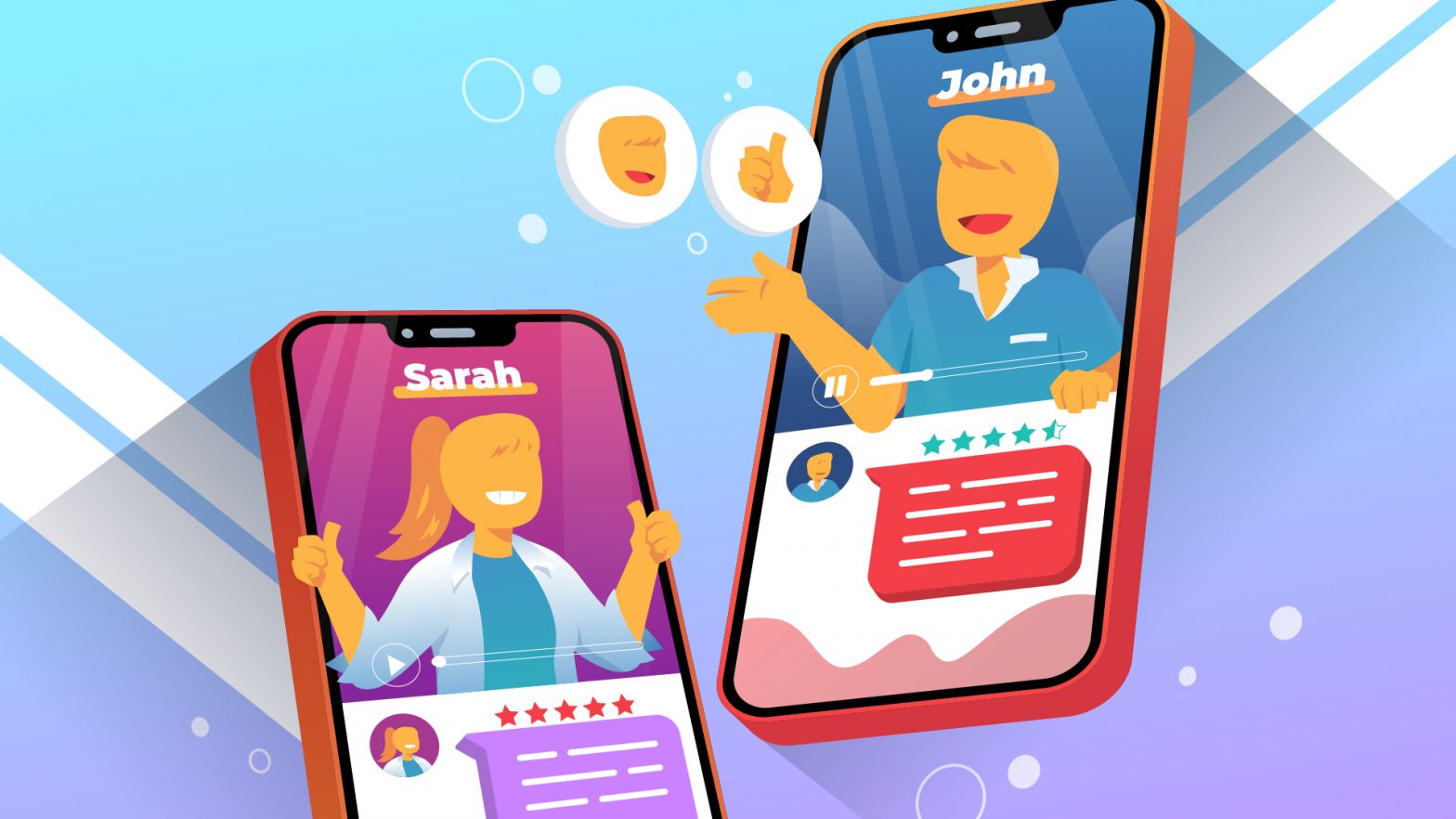If you’re in ecommerce you’re always looking for ways to boost clicks and sales. Are you putting out video content?
If not, you could be missing out on a key source of sales, and a great tool for spreading brand awareness.
With a good camera on every smartphone, you don’t need to splash out on a production studio to make high-quality video content. But if you want to take your productions to the next level, you should go with a mirrorless camera.
The value of video content
In the age of TikTok and Instagram, video is one of the best ways to meet audiences where they are. The amount of time people spend watching videos has nearly doubled since 2018 alone, up to nearly 19 hours a week.
If you invest in production values, video content could be expensive and time-consuming to produce. But even if it is, it’s so adaptable to different forms and contexts that the same piece of content could be recycled across different channels for months to come.
And with 78% of customers having been convinced to buy because of a video, that’s a great ROI over time. With that in mind, let’s go over five ways video content could contribute to your ecommerce sales.
1. Videos content is engaging
Many tech domains like Cultured Code rely on strong video and animation on their landing page, and for good reason.
At root, video is just the quickest way to grab a visitor’s attention and hold it. On average, visitors spend just 56 seconds on a website per session. If you can hold visitors there for longer than that with a good video, they’re more likely to stick around long enough to hear the rest of your pitch.
One of the strengths of video content is that it’s simply the most engaging form of content we have. Video engages both sight and sound, and requires more of the audience’s attention than a social media graphic.
While you can only fit so much information on a graphic, video easily enables you to use storytelling in your marketing. Storytelling can be anything from the kind of dramatization you’d see on TV to a case study with a strong hook, a problem to be solved, and a struggle to get over that problem with the help of your product. If a picture is worth a thousand words, a thirty-second video (at 30fps) is just under a million.
2. Video content is trustworthy
If you’re looking into an app with a slow and sluggish video on their landing page, can you trust they’ll have good mobile app performance?
Videos are great for building trust in your product – people will believe it’s good when they see it. There are a couple of ways you can use video to achieve this.
A product performance video could demonstrate your product in use and show it in action. This gives customers a much better look at your product than photos on your site, and they can imagine how your product might solve their pain points when they see it happen on screen.
A testimonial video might suit you even better than that. Testimonials could be as simple as customers filming themselves on their phones, but for a B2B product, a more polished case study interview would be more effective. Testimonials from customers can illustrate a clear before-and-after story. They show potential customers how your product solves real problems.
These are good tactics to build trust in your product, but to build trust in your company overall you can use more informative videos.
3. Video content is a source of information
One of the big long-term goals of marketing is turning your company into an authority in your niche. You can do that in the eyes of customers by providing high-quality informational videos.
The most common type of video for this is the ‘how-to’ video which you can also create on an AI video generator. This is just a short explainer that might show viewers how to get the most out of your product.
It might also show viewers how to solve a more general problem like styling an outfit or making more sales, with only a sale at the end explaining how your product can help with that problem.
B2B content marketing is all about education and information. Helpful video content, including tutorials on ‘how to get more customer feedback’ and guides on ‘why an email policy is a business imperative and how to draft one,’ along with the implementation of customer feedback tools, can provide your target audience with real value.
These videos are good for YouTube, where they could end up embedded in the results for relevant Google search terms. You might also host them on your site to get a better look at viewer analytics. Any domain website builder like OnlyDomains will enable you to embed videos in your site or blog posts as easily as pasting in the link.
One of the great things about video content is that it’s so adaptable to different platforms and sites. Just clip a five-minute YouTube video into a few five-second highlights and it’s nearly ready to be reborn as an Instagram Reel. Tailoring your videos to audiences and platforms like this means you can get a lot of use out of the same piece of content, and even adapt to sites that aren’t your own.
Content marketers know the power of using guest blogging to scale your business when it comes to written posts and articles, and the same principle applies to your video content.
Depending on your production values, video can be expensive and time-consuming to make, so you want to get as much use out of it as possible. In the same way you’d syndicate blog posts across different sites and networks, sites will be happy to post high-quality and informative videos for the same reasons you’re happy to make them: good video content gets clicks.
4. Video content is omnichannel-friendly
By spreading video content across different marketing channels, you can create a much better omnichannel customer experience than you could without video.
The best marketing efforts are ones that consider the “design” of the whole customer journey, from the targeting on your social media ads to a carefully-selected io domain.
Video content is a powerful marketing tool that can be adapted to any stage of the marketing funnel, whether it’s playing widescreen on YouTube or being reused for a mobile-first Instagram Reel.
The pattern of the customer journey is attention -> consideration -> purchase. Across channels, that could be as simple as seeing a highlight clip on your Instagram and then clicking through the call-to-action to your YouTube channel.
If you have a ‘find out more’ CTA on your Instagram post, then a ‘limited-time discount’ CTA on your YouTube video, your video can move people from your social page to your ecommerce website. At each point, you can have more in-depth videos as the customer gets deeper into your marketing funnel.
5. Video content is shareable
Video content is shareable, with 86% of marketers having seen lead generation, a number that’s grown every year for four years. Not only is video good for creating omnichannel journeys on your own site and social pages, but it can spread far and wide and create brand awareness.
It’s why the best SaaS conferences will share all their best talks online sooner or later. Nearly everyone who’s attended a TED event saw one that had gone viral on YouTube beforehand, and for software conferences, recordings of talks like Rich Hickey’s famous ‘Simple Made Easy’ are better adverts than any social media campaign.
For marketing, product, and customer success teams, a good Net Promoter Score is one of the big long-term goals for good reason.
Word-of-mouth advertising from people you trust is one of the most powerful recommendations there is. In an online setting, often saturated with in-feed adverts, a share from someone you know will always stand out.
And when your video content is engaging, trustworthy, and informational, it’s worth sharing. 81% of marketers say video content has been positive for their bottom line, but only 27% of them are in it strictly to make sales.
Video campaigns can boost your ecommerce sales, but not every video has to be strictly graded on how many sales it nets you. Brand awareness and growing ‘mindshare’ across your audience are worthwhile goals in themselves.
Give video content a try
With all that in mind, it’s obvious that video content contributes to ecommerce sales. Quality cameras on every smartphone mean the barrier to entry is lower than ever, so it’s worth trying to add video into your marketing mix.
As you practice your video skills and pick up the tricks of the trade you’ll find that you’re making great top-of-funnel ads in-house and with no budget, while also closing sales at the end of the customer journey.
Author: Francis King, Customer Acquisition at OnlyDomains








